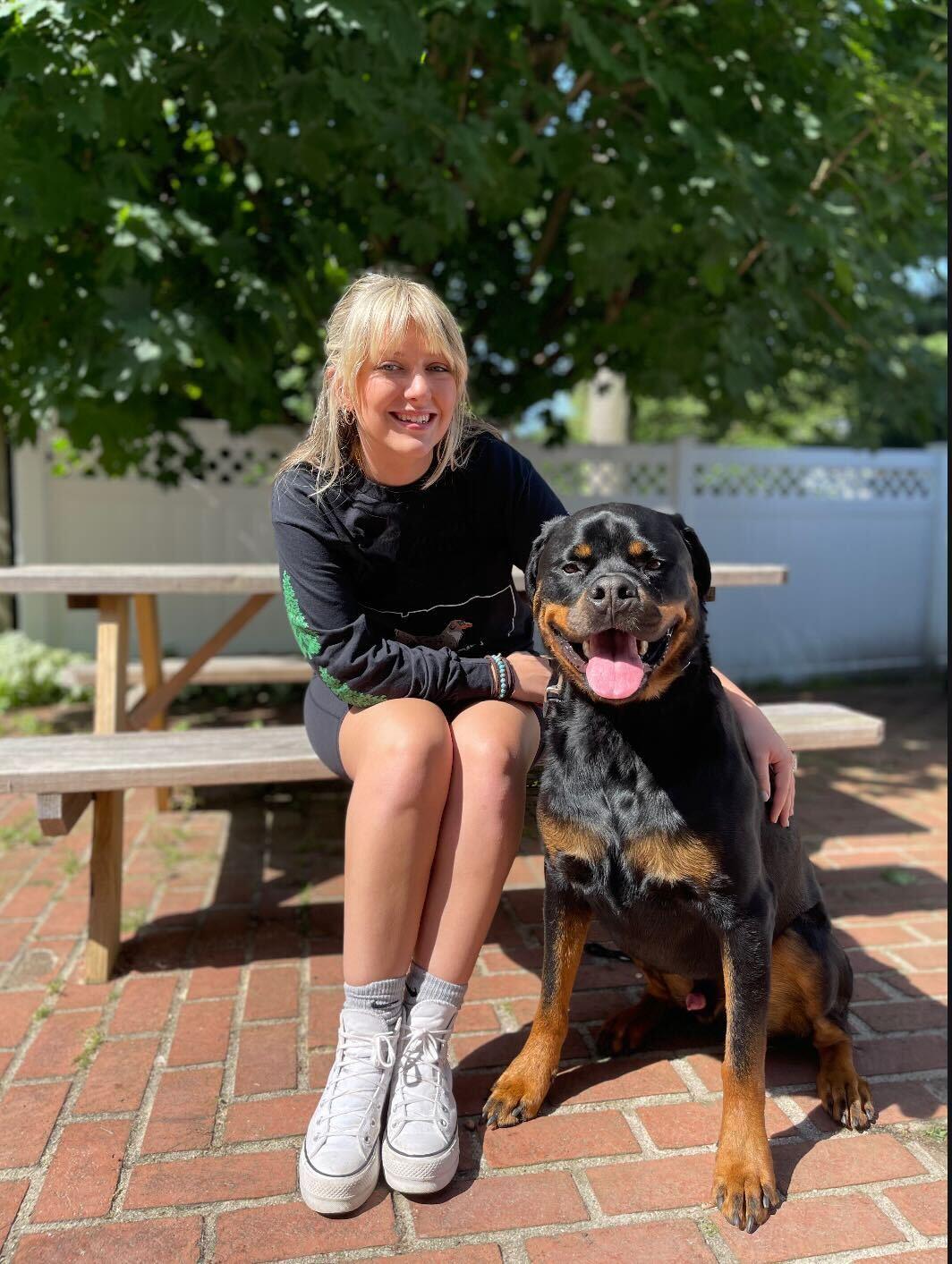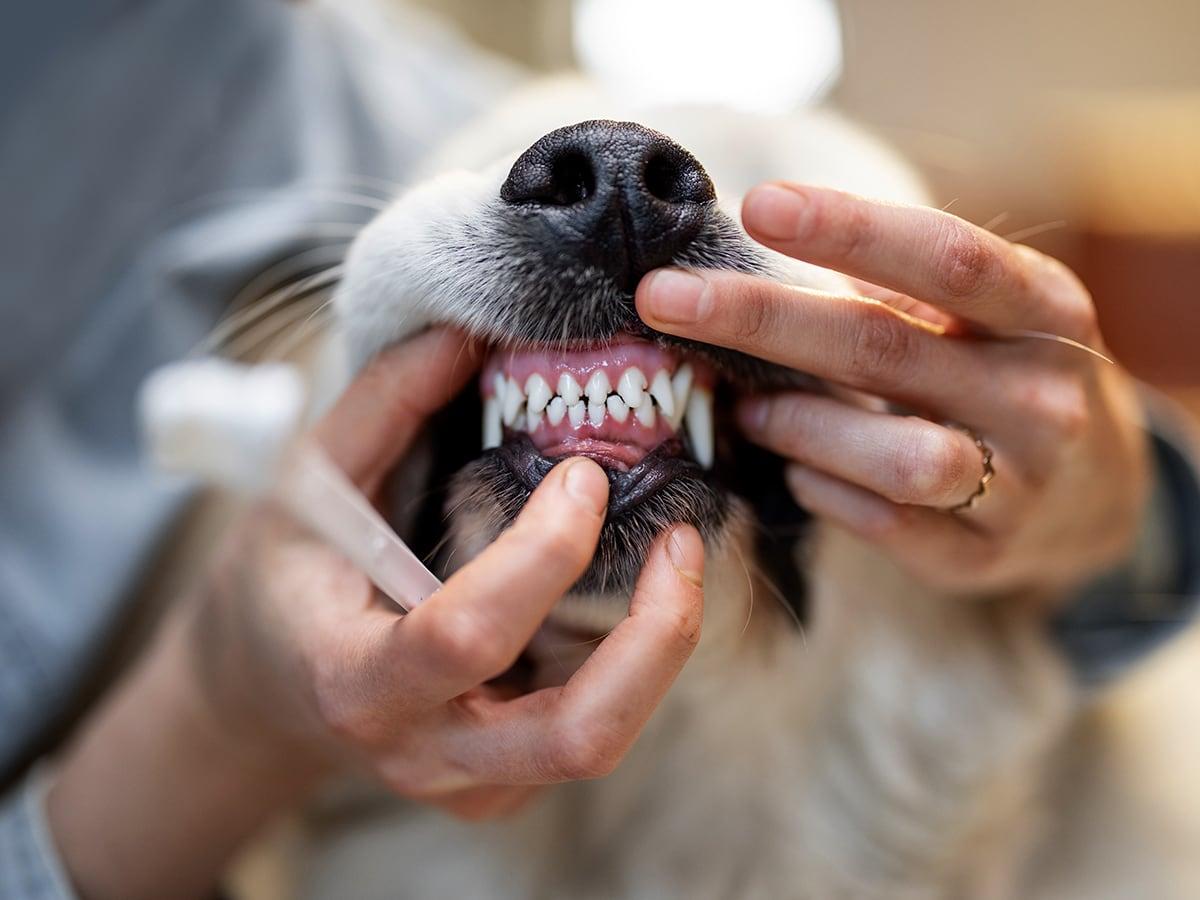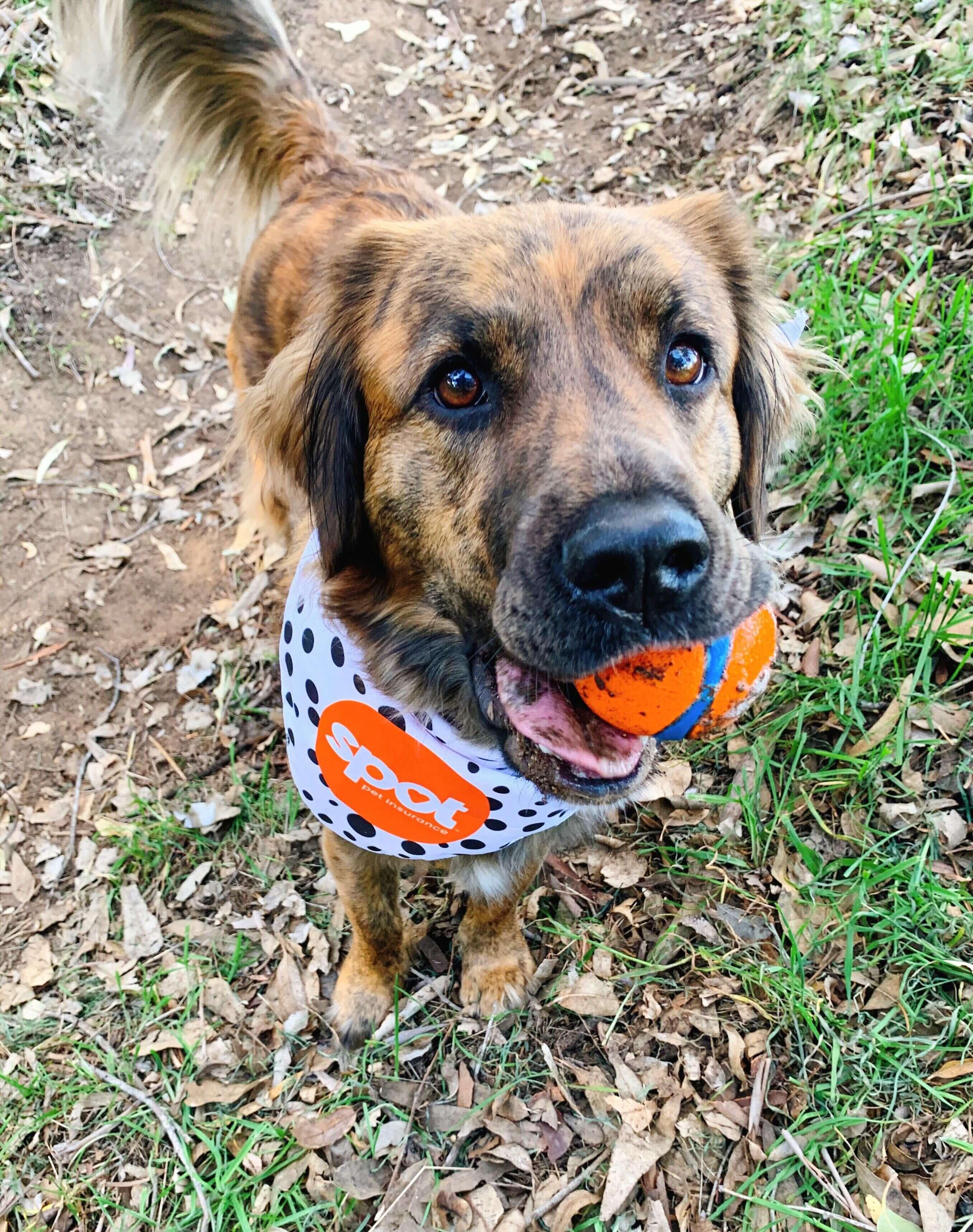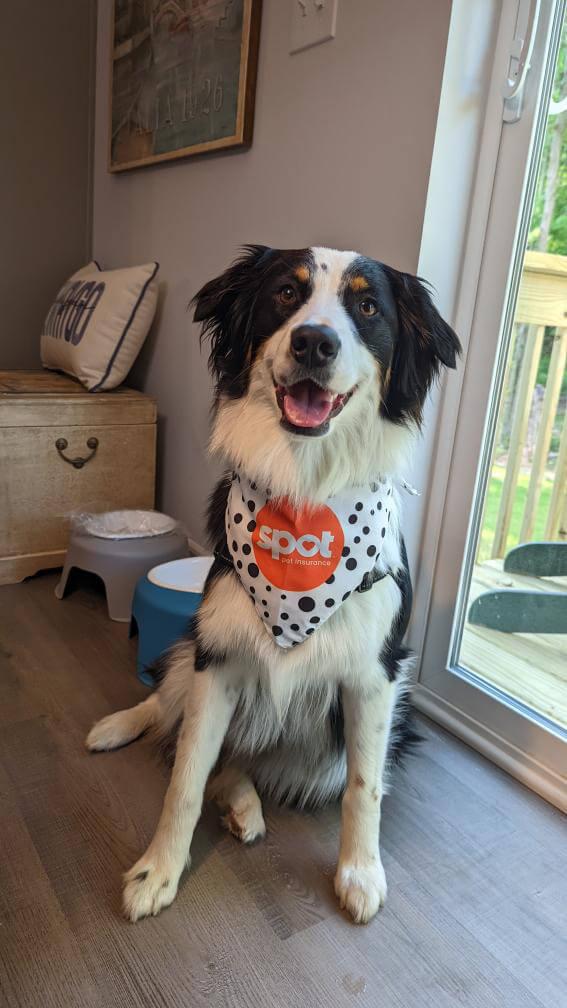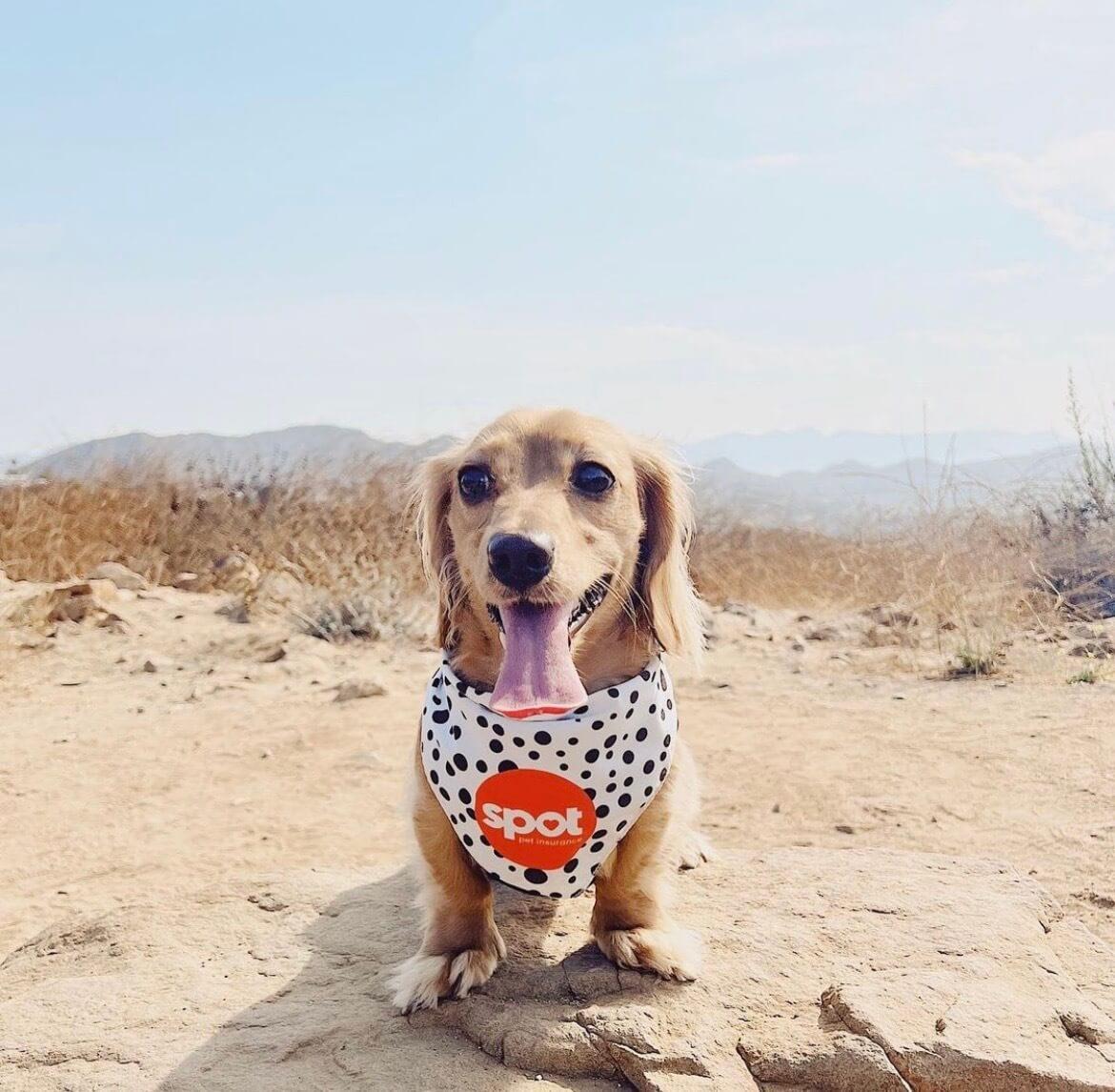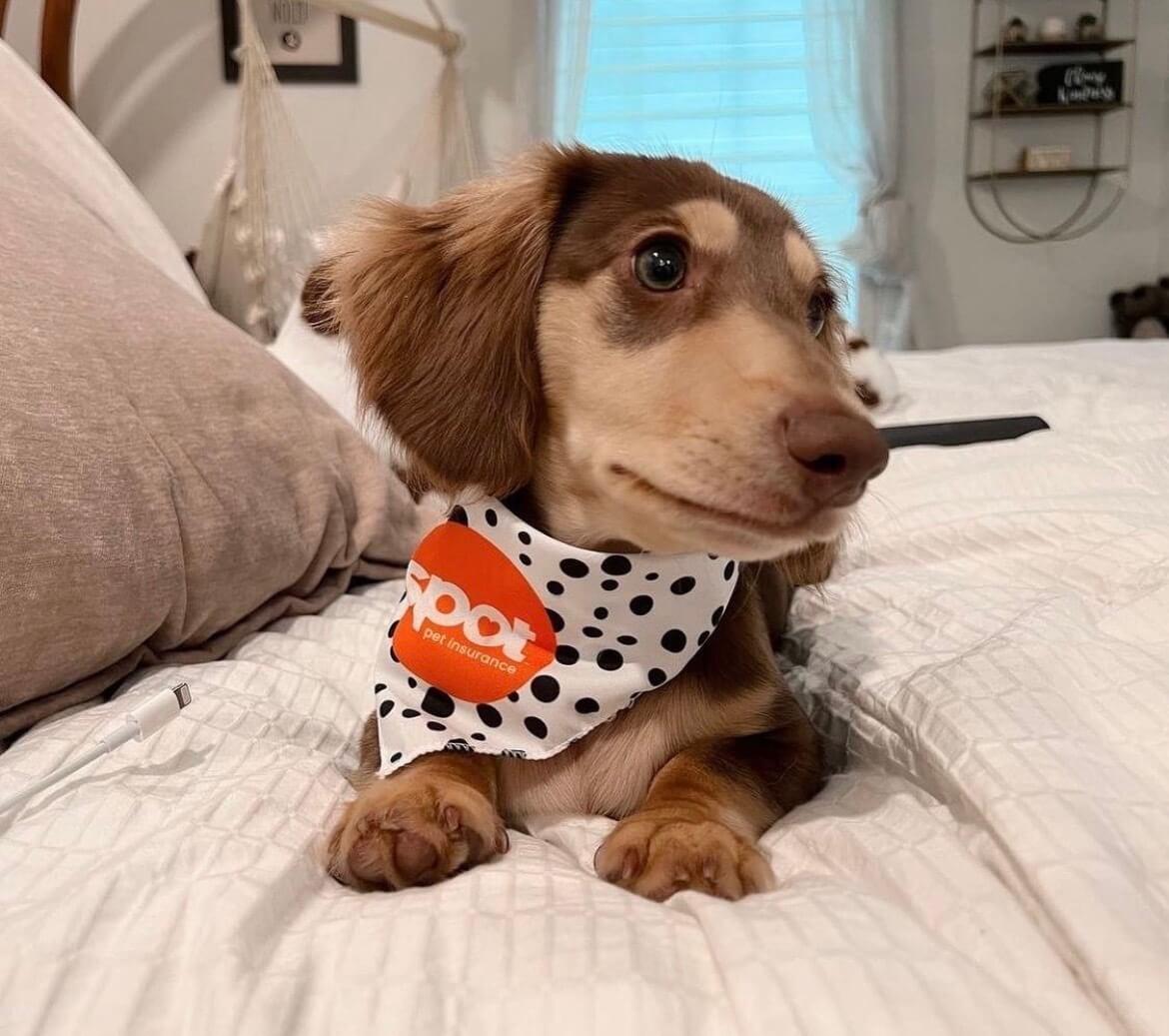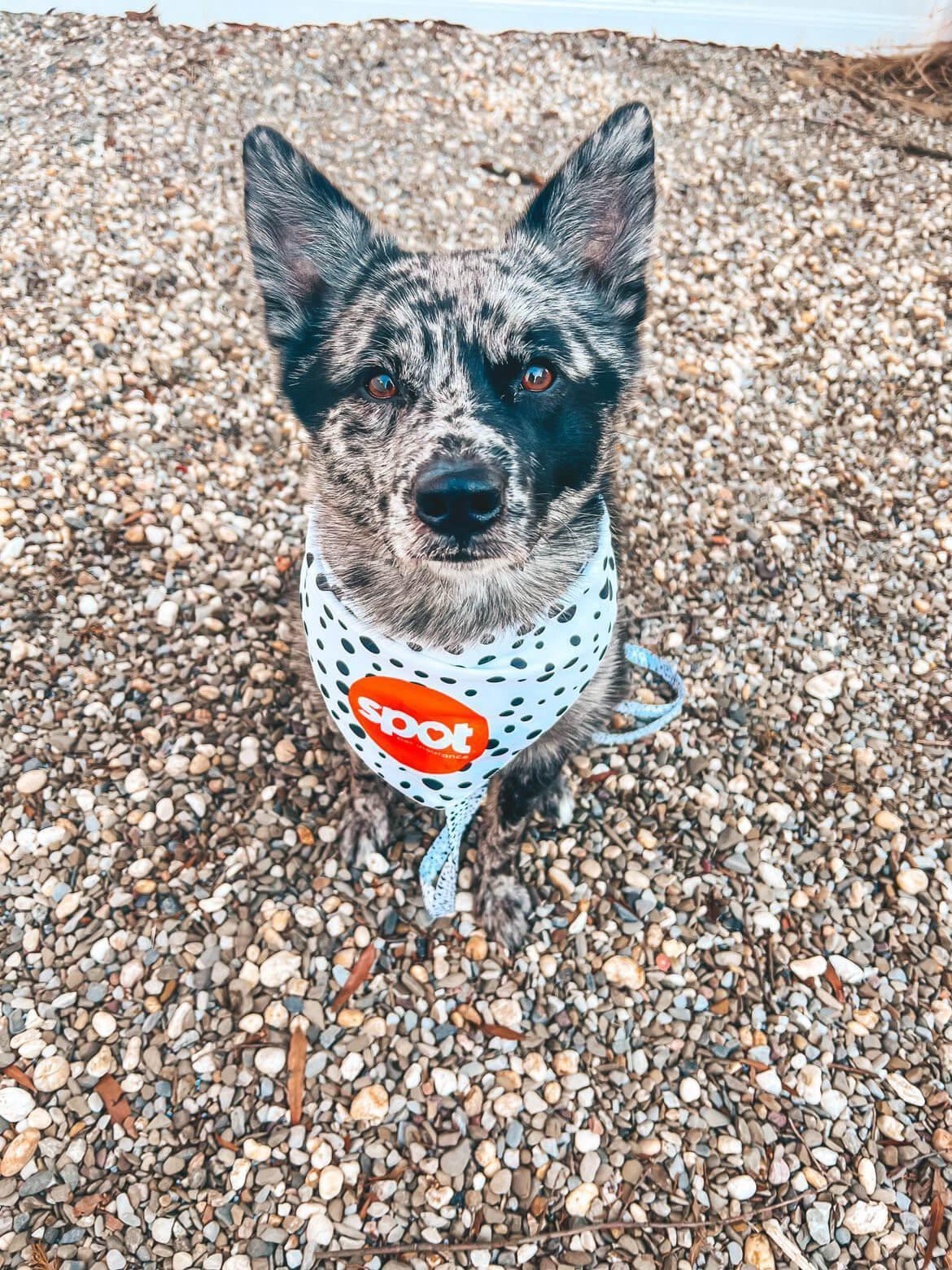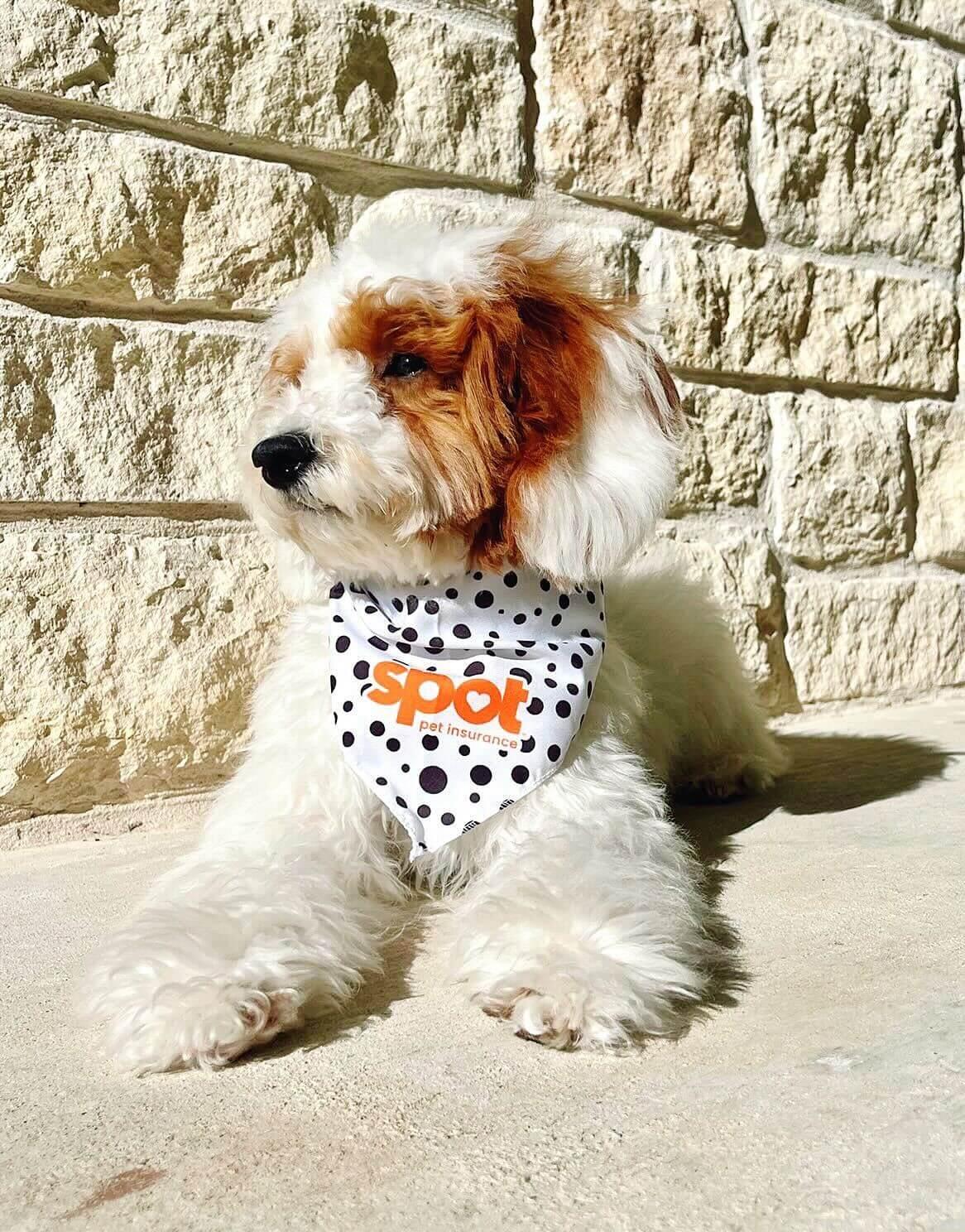Pet insurance base plans do not cover dental cleanings, but can be covered under preventive care coverage. This can typically be added to a base plan for an extra fee. If you're wondering whether a preventive care add-on is worth it for you and your pet, keep reading.
Pets and Teeth: An Introduction
Let’s start with dogs –
Dogs have two sets of teeth – milk and adult (just like humans). They get 28 milk teeth by the time they are 6-8 weeks old, and by the time they are 6-7 months old, these are replaced by a strong 42 adult teeth. They are used for everything from wolfing down their dinners to snatching the sock away from the parents. (1)
The entire mouth, from incisors to canines to premolars and molars, gets involved in tearing, shredding, crushing, and eating the food.
When it comes to cats –
They are born with 26 milk teeth, which are then replaced by 30 adult ones once they reach adulthood. Cats are carnivorous, and their teeth are highly specialized to hunt, kill, and eat prey. They also help with self-defense and grooming. (2)
They use their tiny incisors to grip the prey, and the canines (fangs, as they call it) to kill and shred it. The eight sharp premolars are used to cut the food into chunks, and the four molars are used to crush bone. (2)
You may be thinking that teeth must be playing a big role during their wild times. Now that we have domesticated them and the fact that they are served all the delicious foods and treats in their favorite food bowls, they’ve lost their importance.
Our pets may not be using their teeth to eat wild prey anymore, but maintaining healthy teeth and gums is equally important even today. Dental hygiene not only makes teeth look good but also prevents many diseases that are otherwise possible.
Why is Dental Hygiene important for Pets?
Good dental hygiene can benefit pets in multiple ways. These include -
Prevents periodontal disease – Periodontal disease in pets starts with small plaque build-up, followed by inflamed gums, pain, and eventually tooth loss. It affects over 80% of the dogs and 70% of the cats by age two(3).
Avoids pain and discomfort - Bad dental hygiene eventually leads to plaque and tartar build-up, causing pain and discomfort to the pet. The pet may struggle to eat and even become irritable because of the constant pain.
Prevents serious medical problems - As we mentioned above, poor dental hygiene can not only cause bad teeth, but also increase the chances of heart, kidney, and liver diseases. This is because the bad bacteria from the mouth can enter the digestive system, then the bloodstream, damaging vital organs.
Removes bad breath - This may look like an obvious benefit of good dental hygiene, but it’s not a small benefit. Bad breath in a pet can smell like something crawled inside their mouth and died there. #iykyk
Improves quality of life - Healthy teeth and gums = longer and happier life. If they eat comfortably, they play more, stay in a good mood, avoid stress, and are happier.
And the biggest benefit (especially for your bank account) is that you can save a lot of money in the long run. Maintaining a good dental routine may cost some time and money, but treating severe dental disease will cost much more money, time, and, most importantly, peace of mind.
How to clean your pet’s teeth at home?
It’s not that complicated. Here’s what you need to do –
Get a pet-safe toothpaste. (Never use the ones made for humans)
Take a toothbrush. You can get finger brushes or even a soft baby toothbrush can do.
Take your pet to a quiet and familiar place.
Let them sniff and taste the toothpaste.
Gently massage their gums with your finger before using the toothbrush.
If you don’t see your pet trying to wrestle with you, take the toothbrush and brush at a 45-degree angle to target the gum line, where plaque builds up.
Go on for around thirty seconds per side.
Make this a daily routine. If not, at least go 2-3 times a week.
Don’t forget to praise your pet and offer a treat. They need to associate the experience with something positive.
Is Professional Dental Cleaning Important?
Do you see a difference when you wash your car vs when you give it to a professional for a deep clean?
If yes, then you’ll know why professional dental cleaning is important for pets. It’s not just a fancy spa day for your pet. Even the most diligent pet parents can’t reach every nook and cranny of their pet’s mouth. Plaque and tartar build-up can lead to major health issues as explained above. Professional dental cleaning helps remove these deposits before they create bigger problems.
How much does Dental Cleaning Cost?
A basic dental cleaning can cost between $100 and $200. If the cleaning is followed by a treatment, the cost will be much higher. Below are some examples - (4) (5)
Extraction - $100-$120 per tooth
Root Canal - $1500-$3000
Periodontal Disease - $1500-$1900
If your pet needs anesthesia, you can expect to spend around $200-$300 more on the surgery. There may also be some diagnostic costs attached. An oral exam may cost you between $50-$90. X-rays typically cost between $125-$250. Bloodwork will cost between around $100-$150.
Does pet insurance cover dental cleaning?
Standard pet insurance plans do not cover the cost of professional dental cleaning for dogs and cats, but some pet insurers offer an optional wellness add-on for a small fee that can help cover these cleanings.
Spot Pet Insurance has a Platinum Preventive Care plan that can be added to any base-level plan. It can provide a total annual benefit of up to $450 for covered routine services, including dental cleaning. It also covers vaccinations, flea and tick prevention, nutritional consultations, and health screenings, including blood work, urinalysis, and fecal tests.
Spot Facts!*
We received 3,454 dental-related claims in the year 2024.
Cat breeds with the highest number of dental claims from the year 2019-2025 were the Domestic shorthair and the American shorthair.
Dog breeds with the highest number of dental claims in the same period were the Yorkshire Terrier and Shih Tzu.
More about Spot Pet Insurance
Spot accident and illness plans can be used with any licensed vet in Canada or the U.S. Whether you are home or traveling to the U.S., veterinary services your pet receives for the diagnosis, treatment, or management of covered conditions can be eligible for reimbursement. Spot’s accident and illness plans can help cover a variety of conditions, including broken bones, lacerations, aggression, kidney disease, diabetes, and more. With the addition of Wellness Riders for an extra cost, you can also receive reimbursements for wellness exams, certain vaccinations, dental cleanings, and more.
Learn more about pet insurance or get a free quote!

I’m Charlie: canine enthusiast with a knack for figuring out why my dog, Dallas, is more infatuated with tennis balls than me. My lifelong passion for dogs has created a dedication to help other pet parents better understands their furry family members!
* 2025 Spot Pet Insurance Services, LLC. claims data.
Vanacore, C. B. (2025, January 10). Dog | History, domestication, physical traits, breeds, & Facts. Encyclopedia Britannica. https://www.britannica.com/animal/dog/Teeth
uk.virbac.com. (n.d.). Your Cat’s Teeth Explained. [online] Available at: https://uk.virbac.com/home/advice/pagecontent/health-topics/your-cats-teeth-explained.html.
Mulherin, B. L. (2024, September 18). Periodontal disease in small animals. MSD Veterinary Manual. https://www.msdvetmanual.com/digestive-system/dentistry-in-small-animals/periodontal-disease-in-small-animals#Etiology-and-Pathogenesis_v3261228
3. Taffer, M. (2024, September 20). How much does it cost to remove a dog’s tooth? Betterpet - Advice From Veterinarians and Actual Pet Experts. https://betterpet.com/dog-tooth-extraction-cost/
4. Steere, K. (2021, December 23). Budgeting for pet dental costs: vet bills, insurance & more. Pawlicy Advisor. https://www.pawlicy.com/blog/pet-dental-cost-budget/
